Light and Shadow
If You Go
Kara Walker: Cut to the Quick
Cincinnati Art Museum
Nov. 5, 2021 – Jan.17, 2022
Visit cincinnatiartmuseum.org for more information.
Tickets are $12 for general admission, with discounted rates for students, children and seniors. Admission is free for members. Photography is allowed with no flash. On social media, use #CAMWalker.
Free general admission to the Cincinnati Art Museum is made possible by a gift from The Rosenthal Family Foundation. Special exhibition pricing may vary. Parking at the Cincinnati Art Museum is free.
A leading contemporary artist and MacArthur genius grant recipient, Kara Walker re-examines archetypes from American history which continue to shape the structures of modern culture, and the mechanisms of power under which these images were produced and consumed. Using an incisive command of form and starkly contrasting shades of black, gray and white, the artist investigates the prevailing legacies of violence, racism, sexism and imperialism that manifest themselves so openly within the daily American experience.
Kara Walker: Cut to the Quick, From the Collections of Jordan D. Schnitzer and His Family Foundation is now on view at the Cincinnati Art Museum.
Those familiar with Walker’s cut paper silhouettes will be struck by the multiple media also represented in the exhibition, including drawing, painting, sculpture, film, and printing techniques. Engaging the experience of the nineteenth century panorama, Walker creates narrative arcs that travel from the trans-Atlantic slave trade to the contemporary moment. Her powerful and provocative images interrogate America’s historical memory with tropes that are both comfortably familiar and unsettling. These sites of inquiry offer space for contemplation without predetermined resolution.
Through more than 80 works created between 1994 and 2019 from the collections of Jordan D. Schnitzer and the Jordan Schnitzer Family Foundation—premier American collectors of works on paper—Cut to the Quick demonstrates both Walker’s artistic mastery of medium and the urgency and power of her message.
Due to the difficult themes Walker addresses in her work, and depictions of physical and sexual trauma, A Community Care Space is included in the gallery. Designed by Kara Pierson, founder of Cincinnati’s Lilac & Indigo, the space offers resources for reflection mindfulness and rest.
In Cincinnati, Cut to the Quick will be guest curated by Nashville-based poet and writer Ciona Rouse with Cincinnati Art Museum site curator Trudy Gaba.
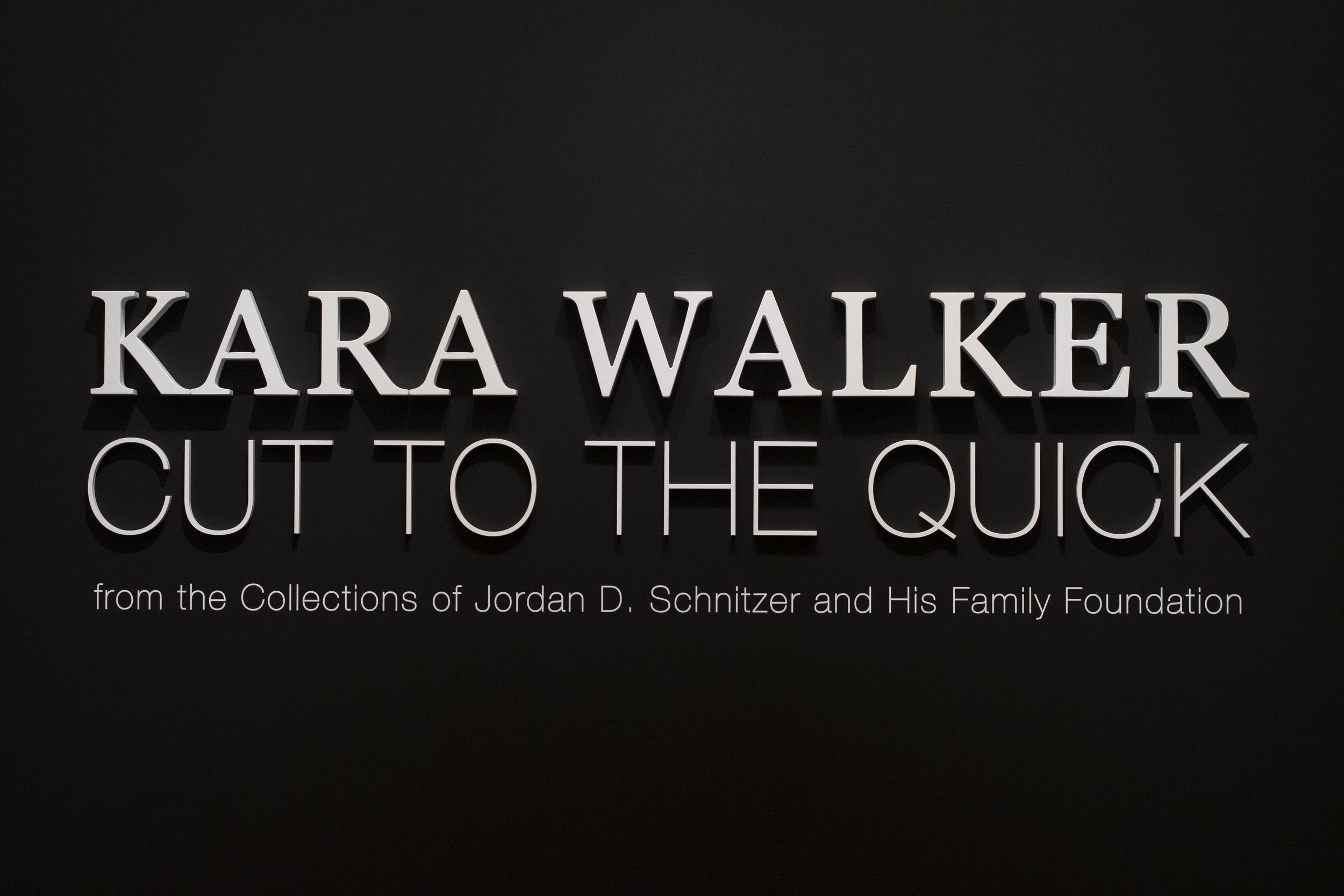
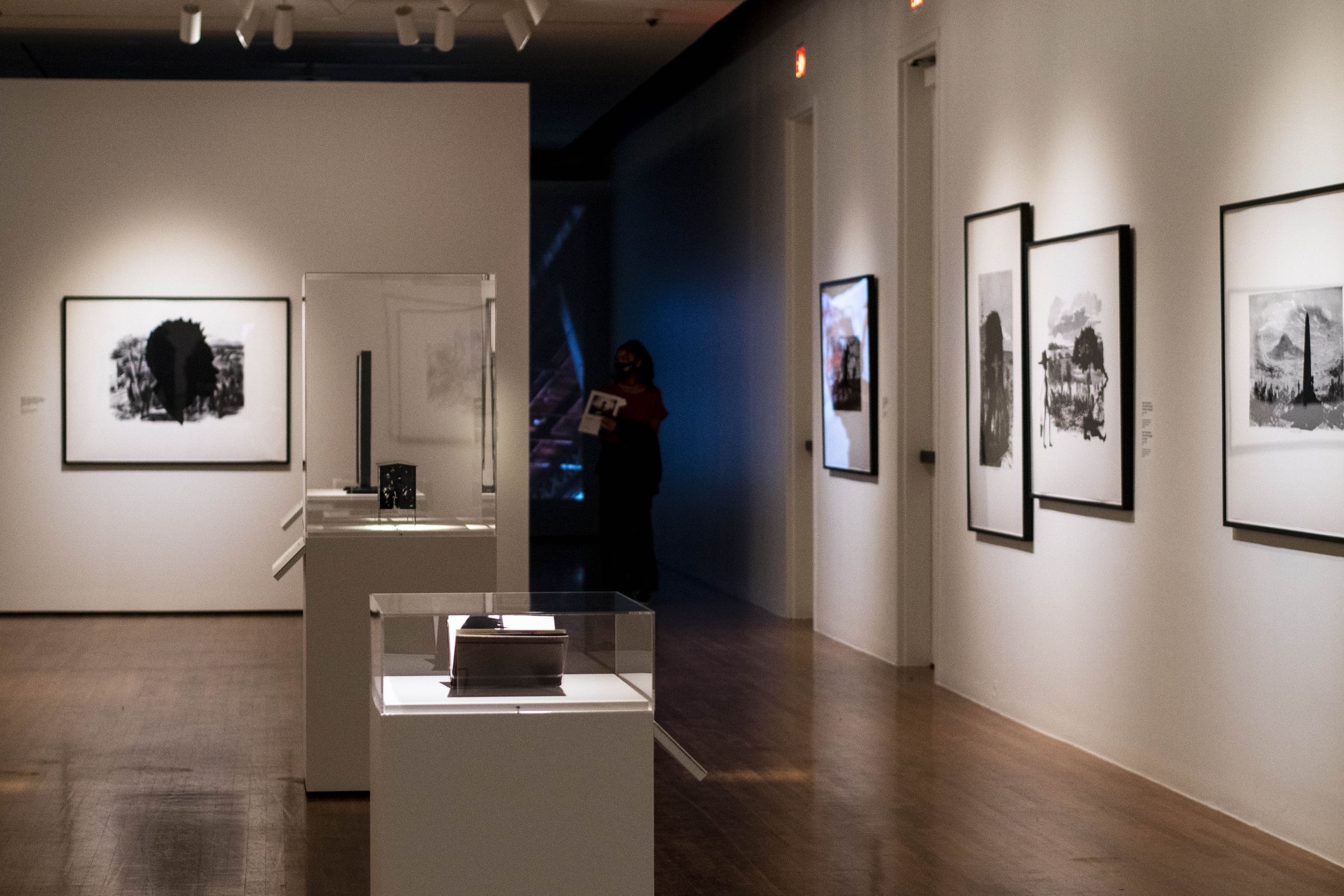
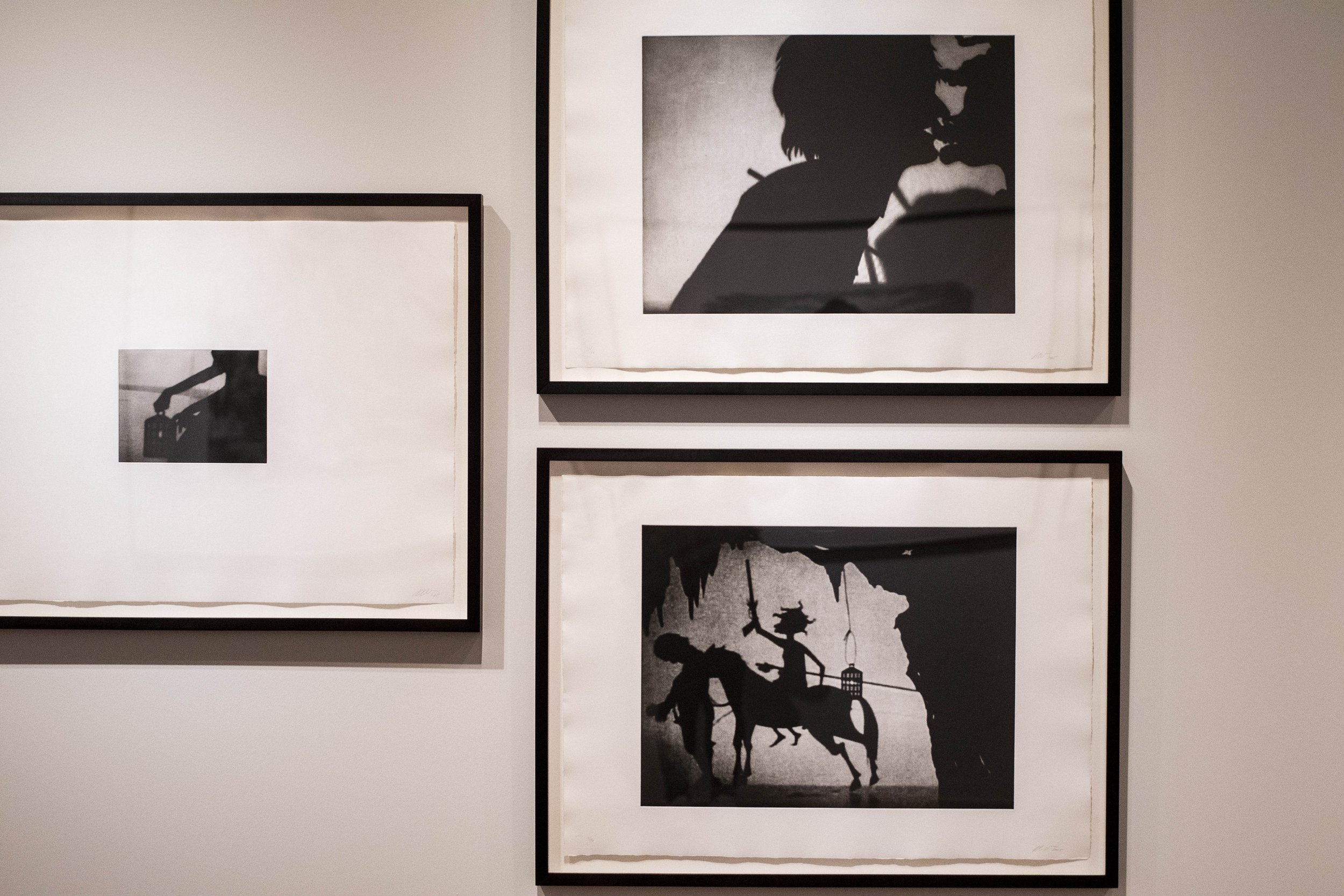
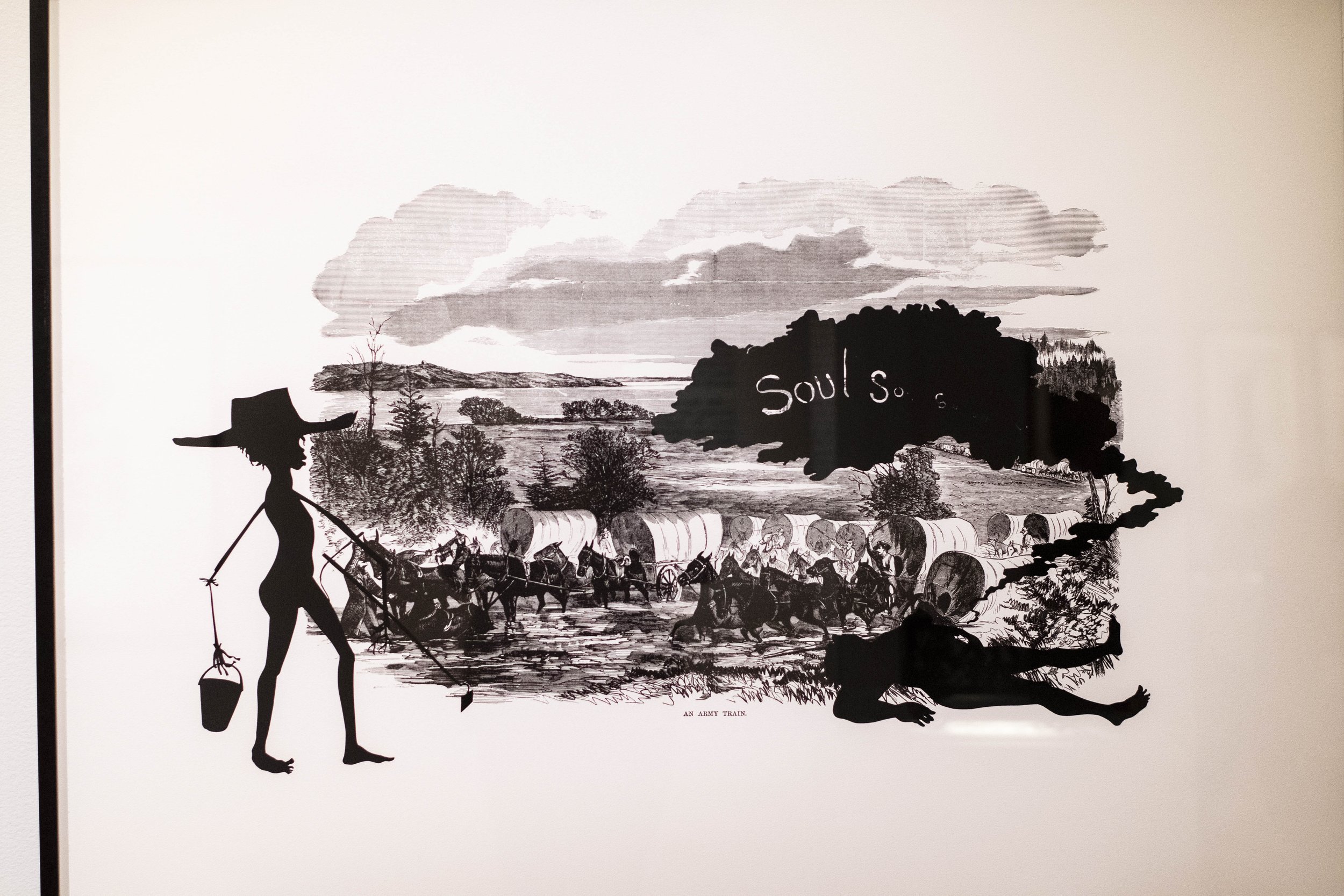
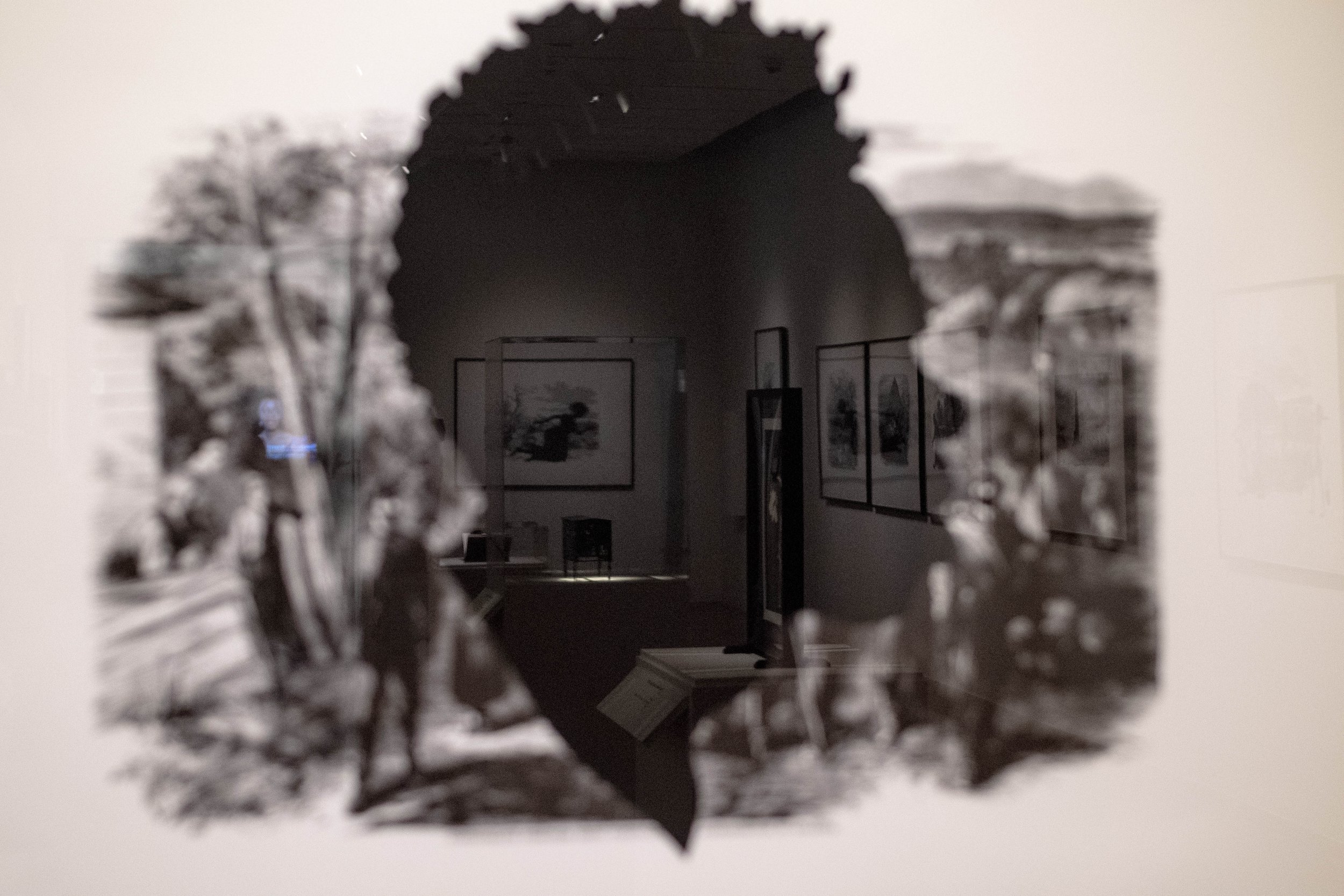
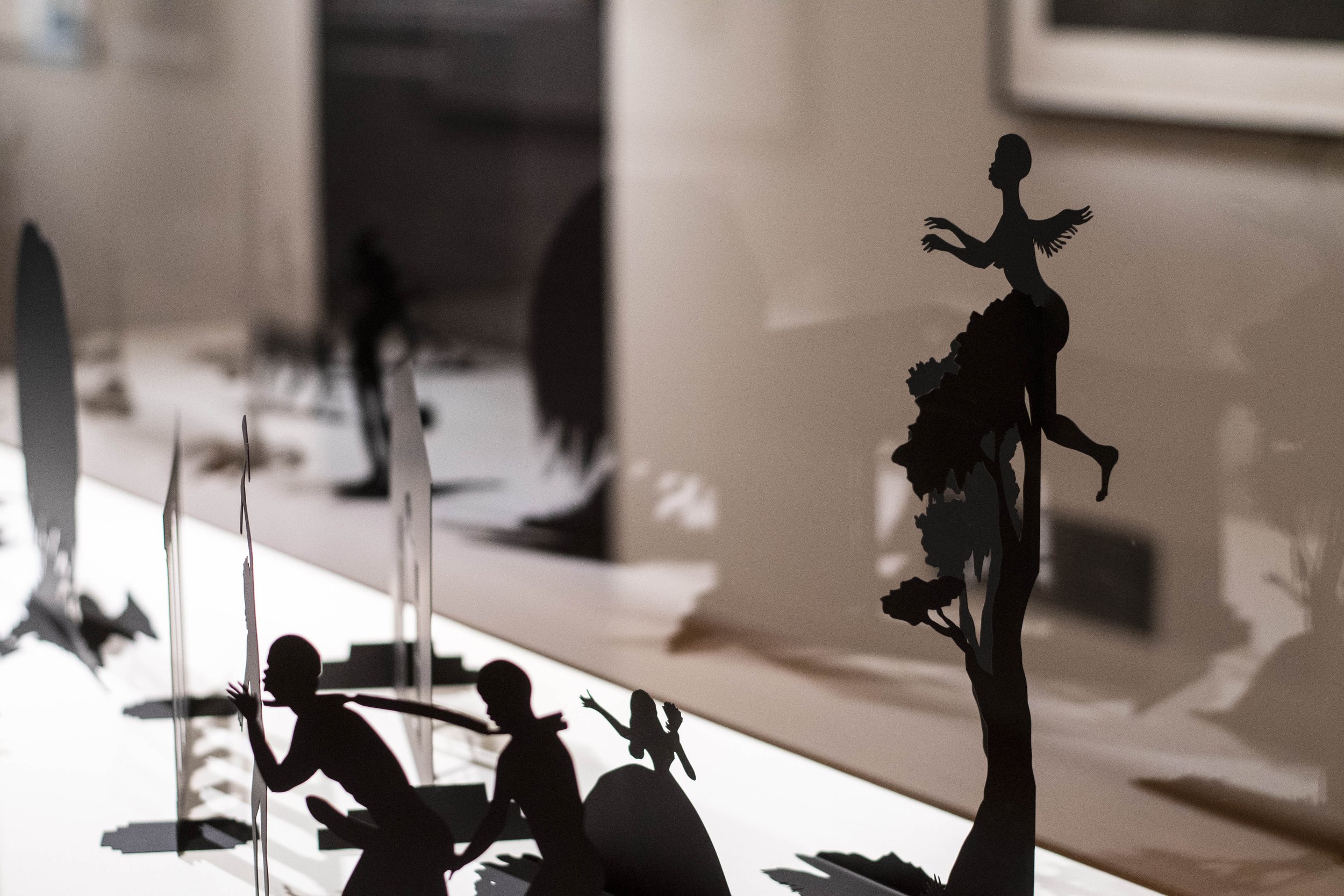
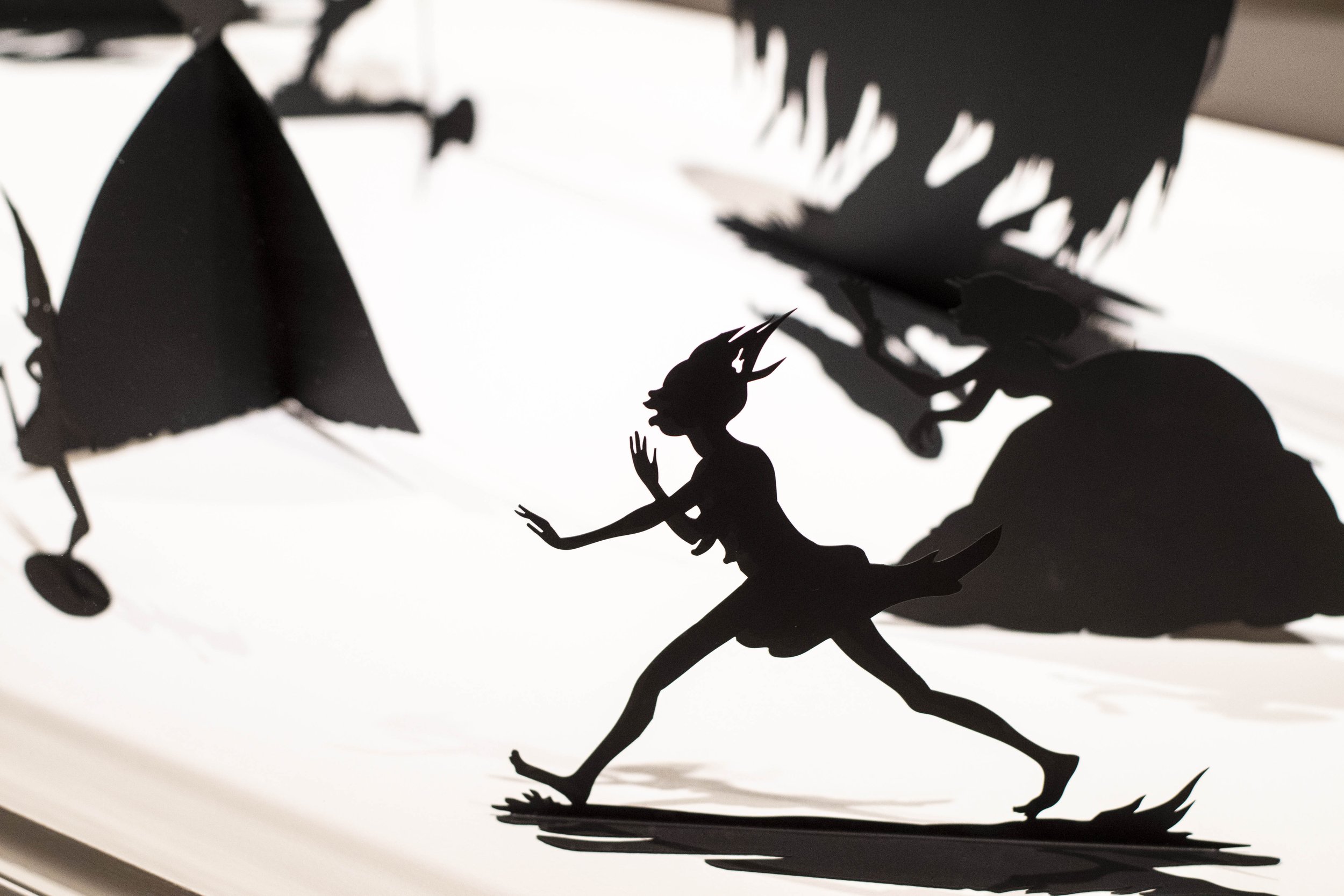
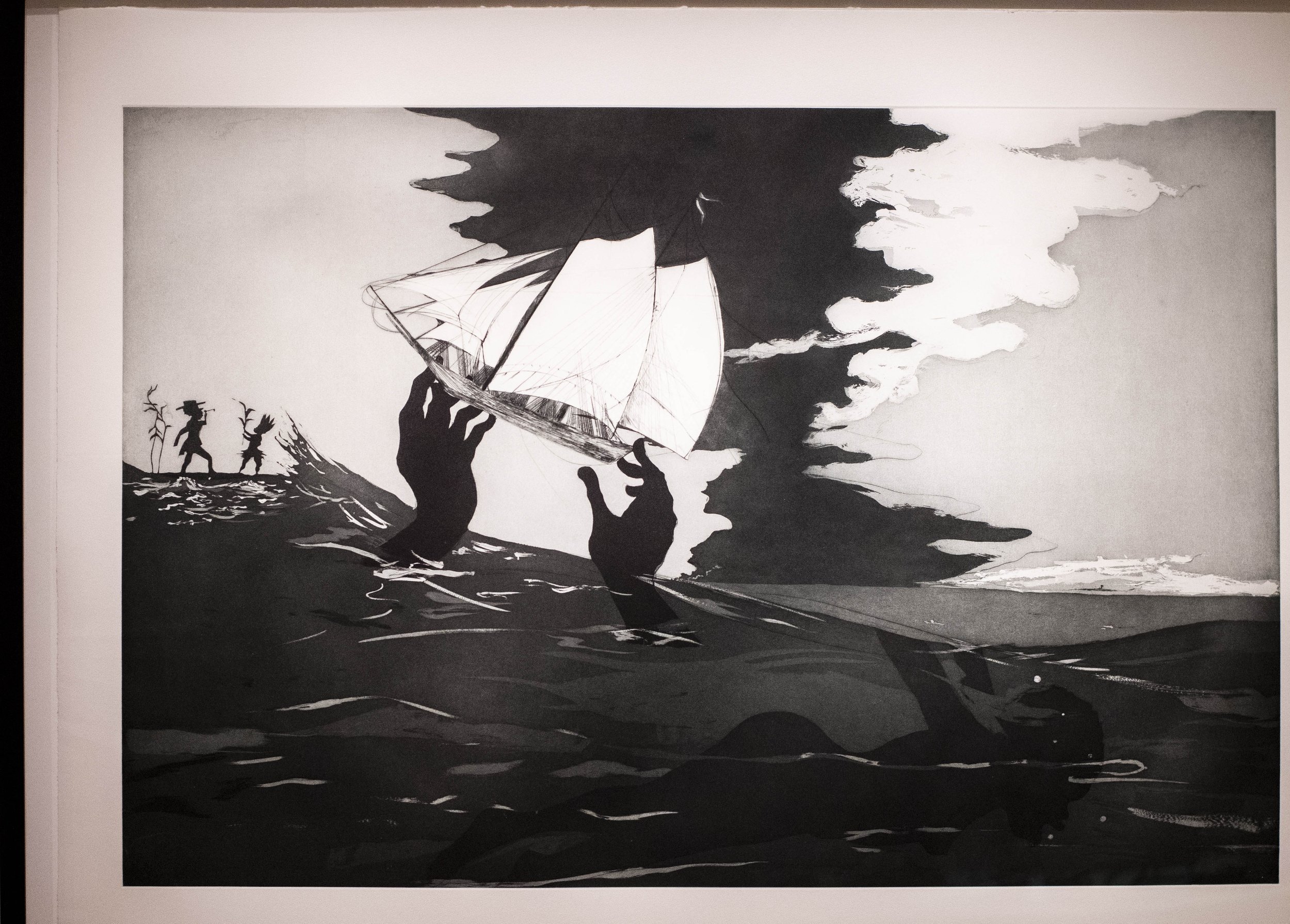
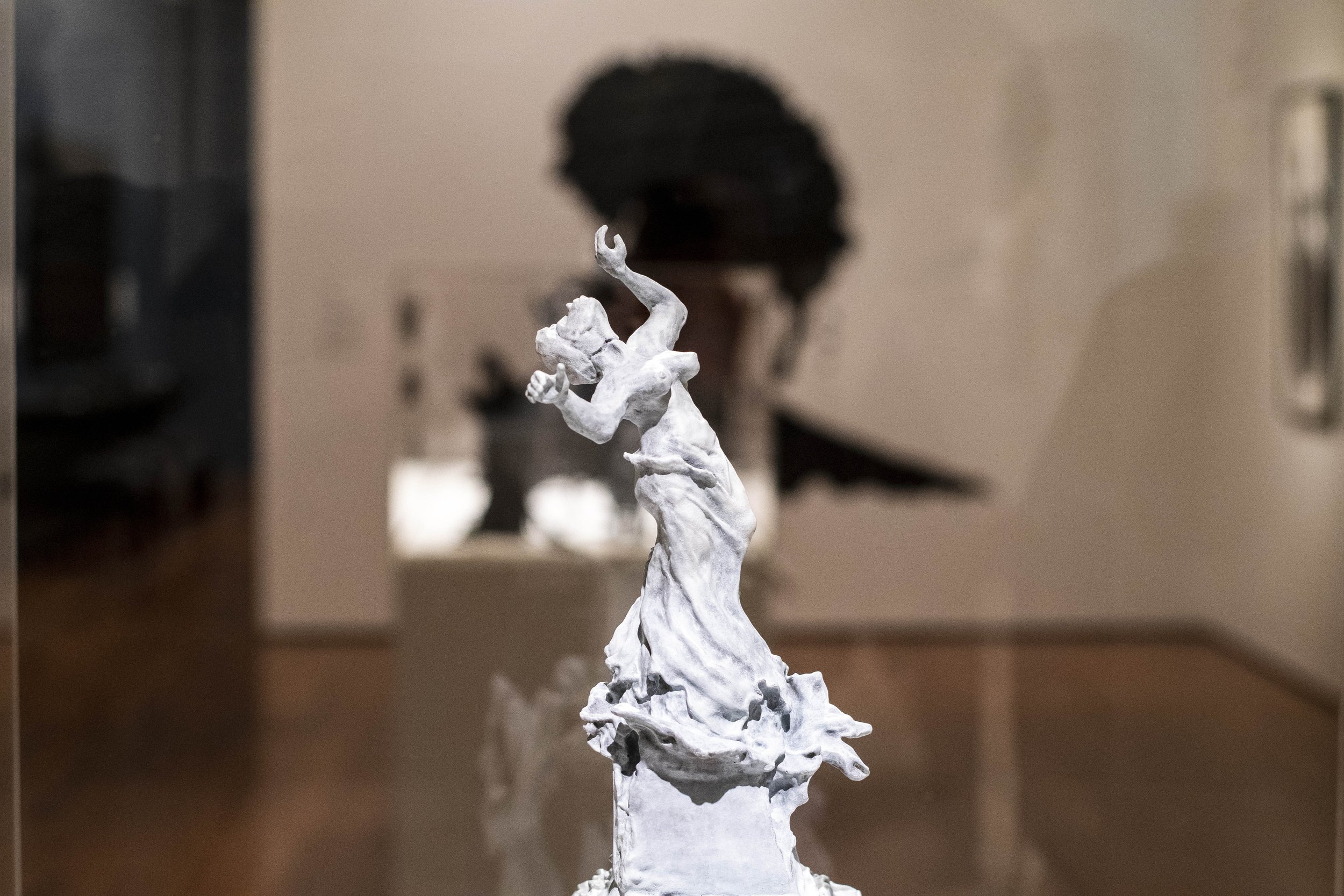
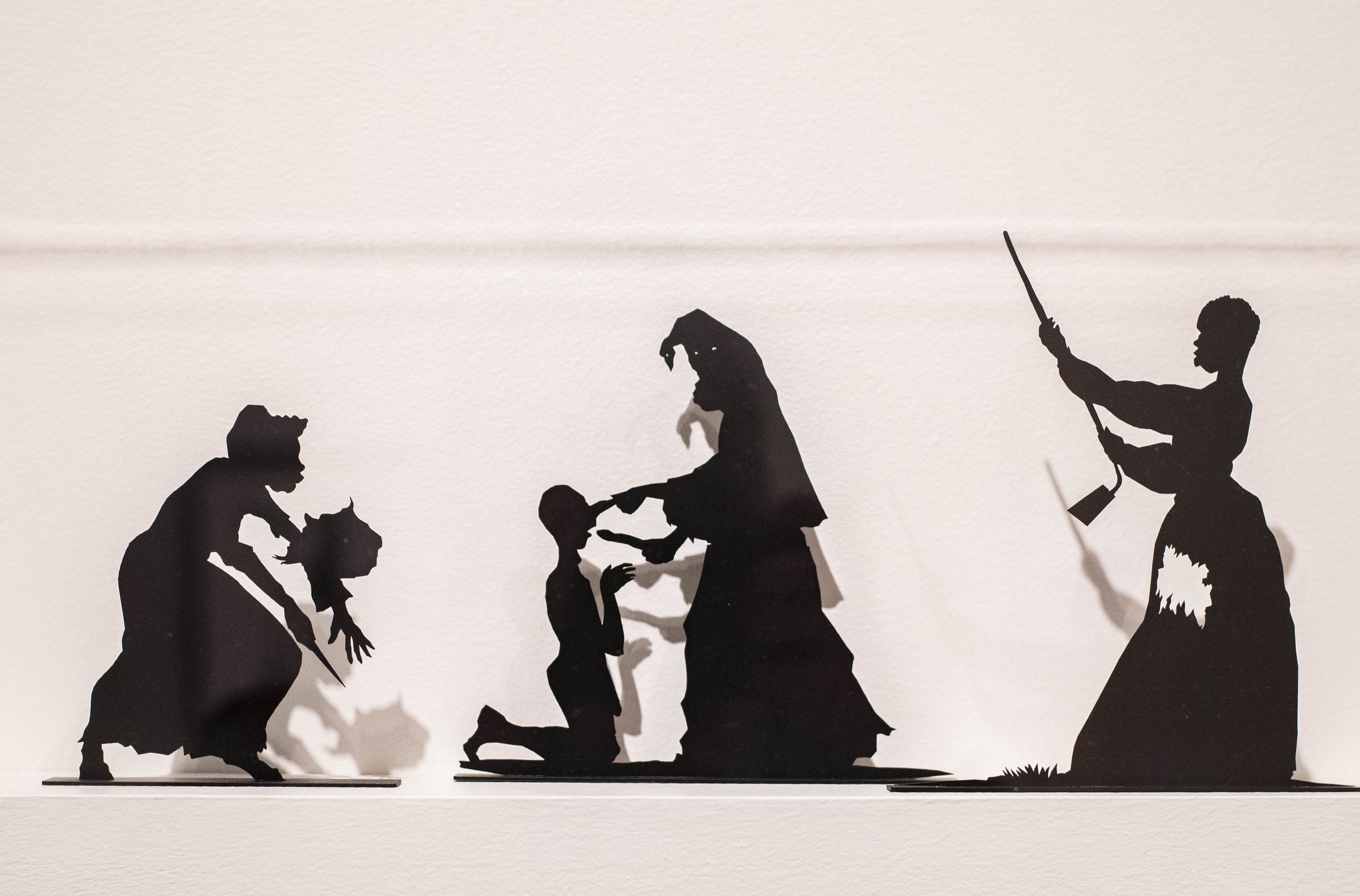
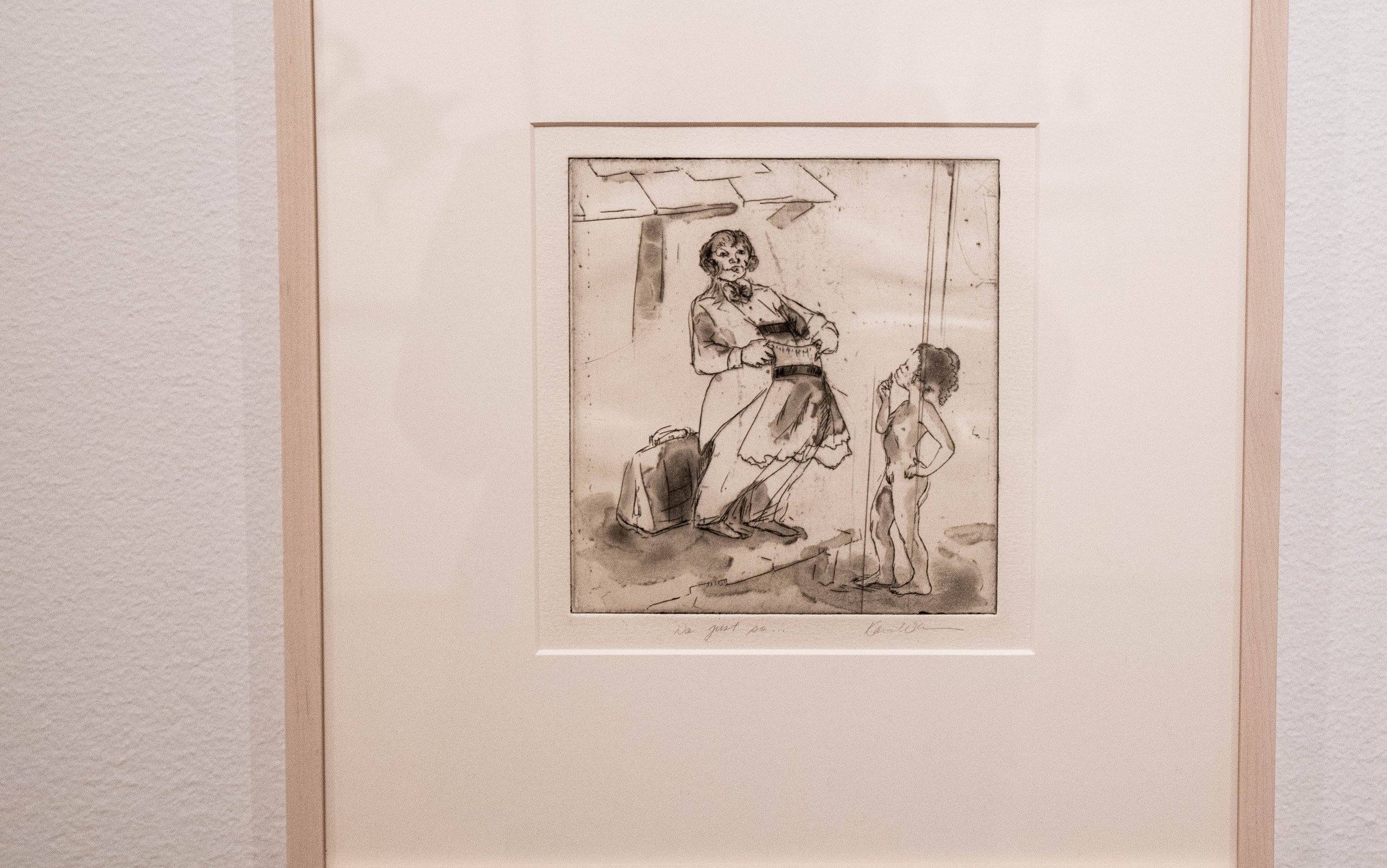
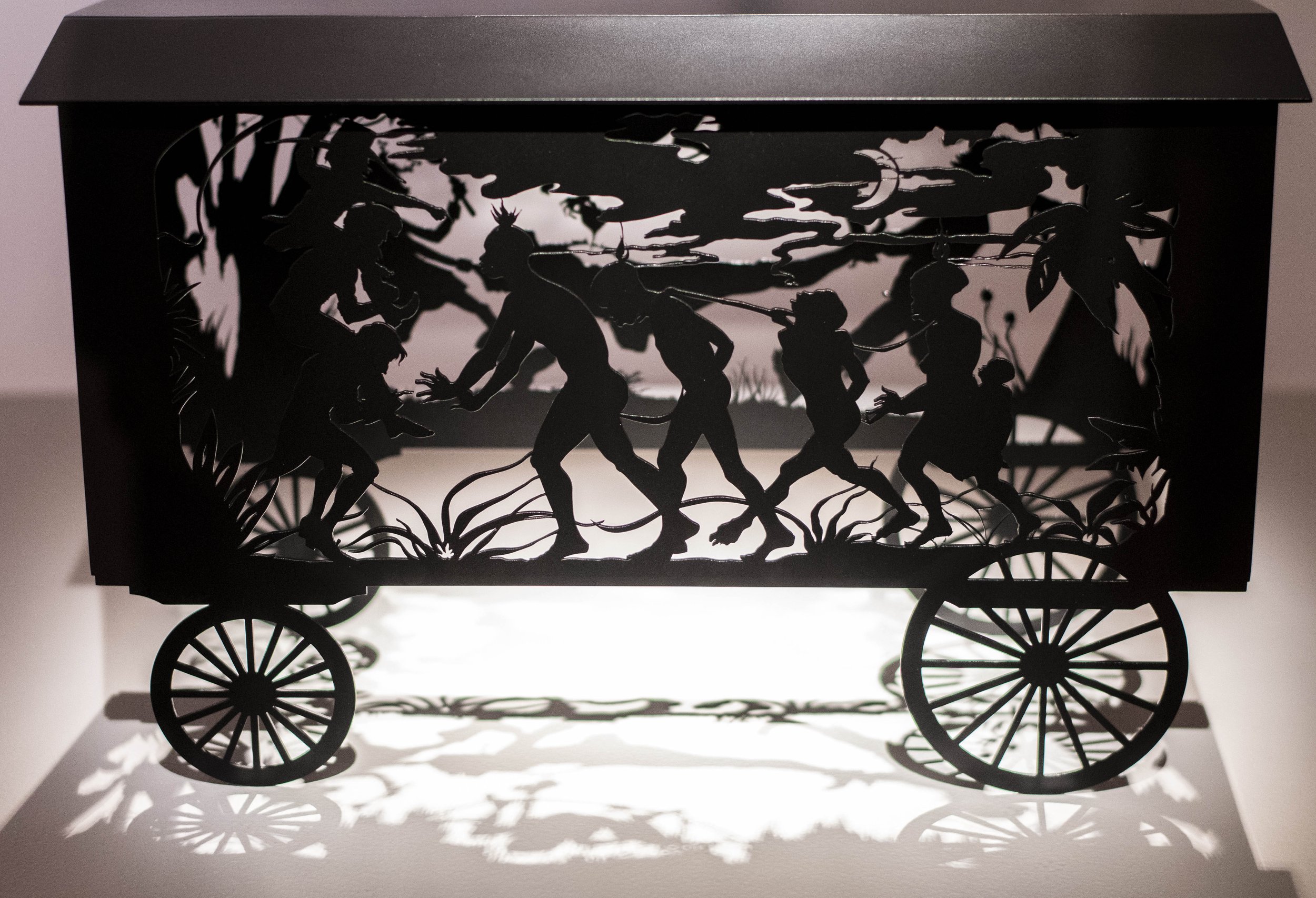
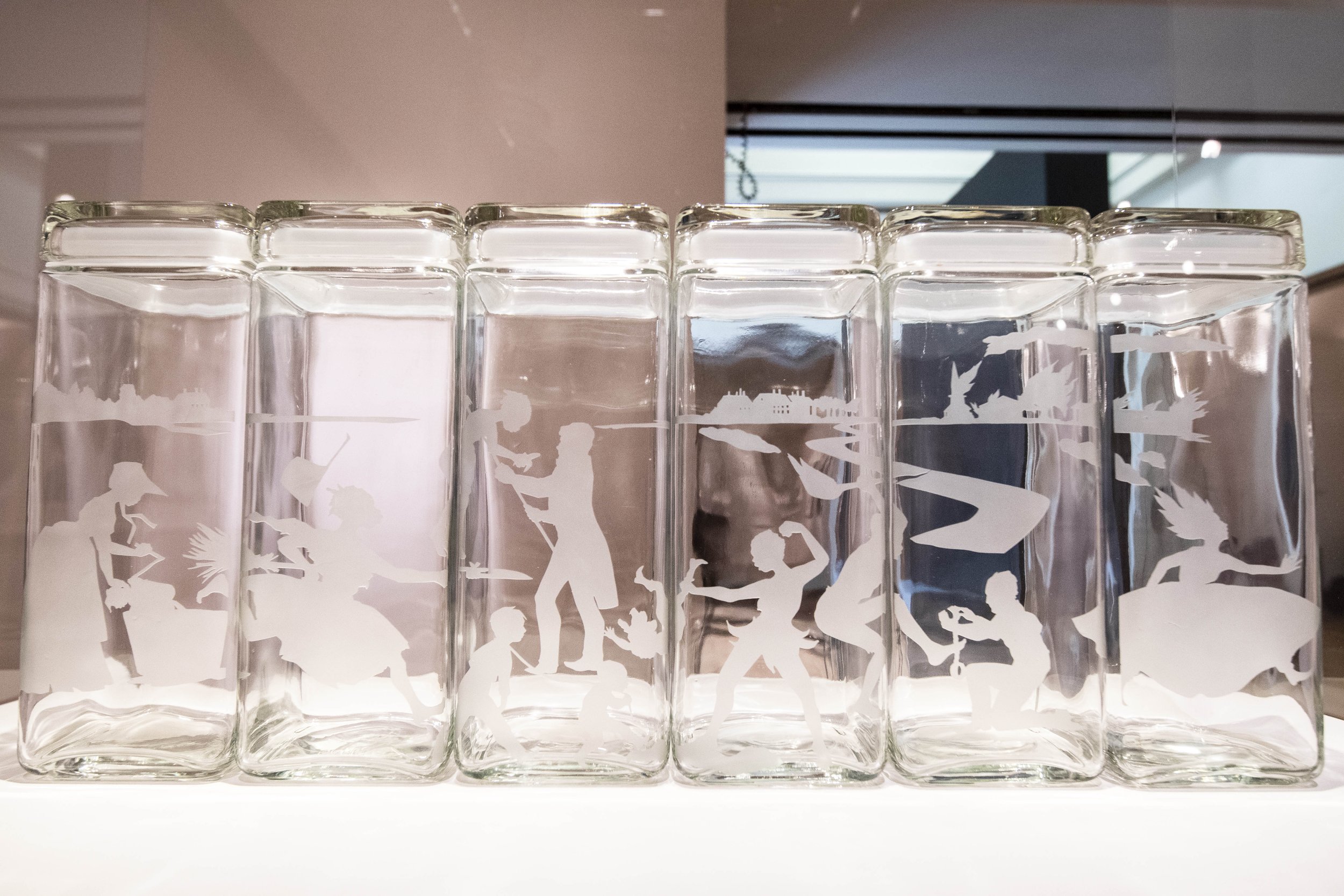


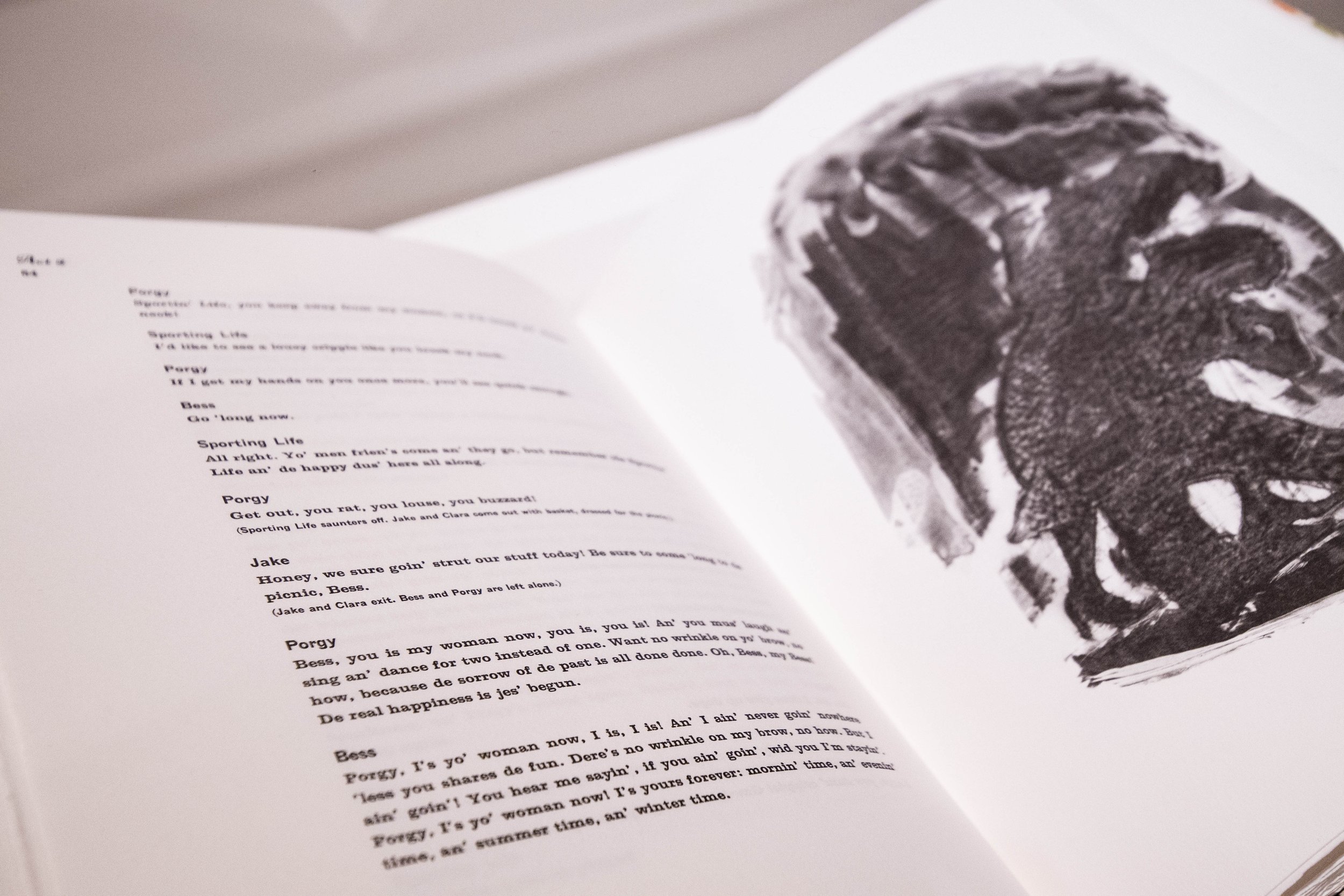
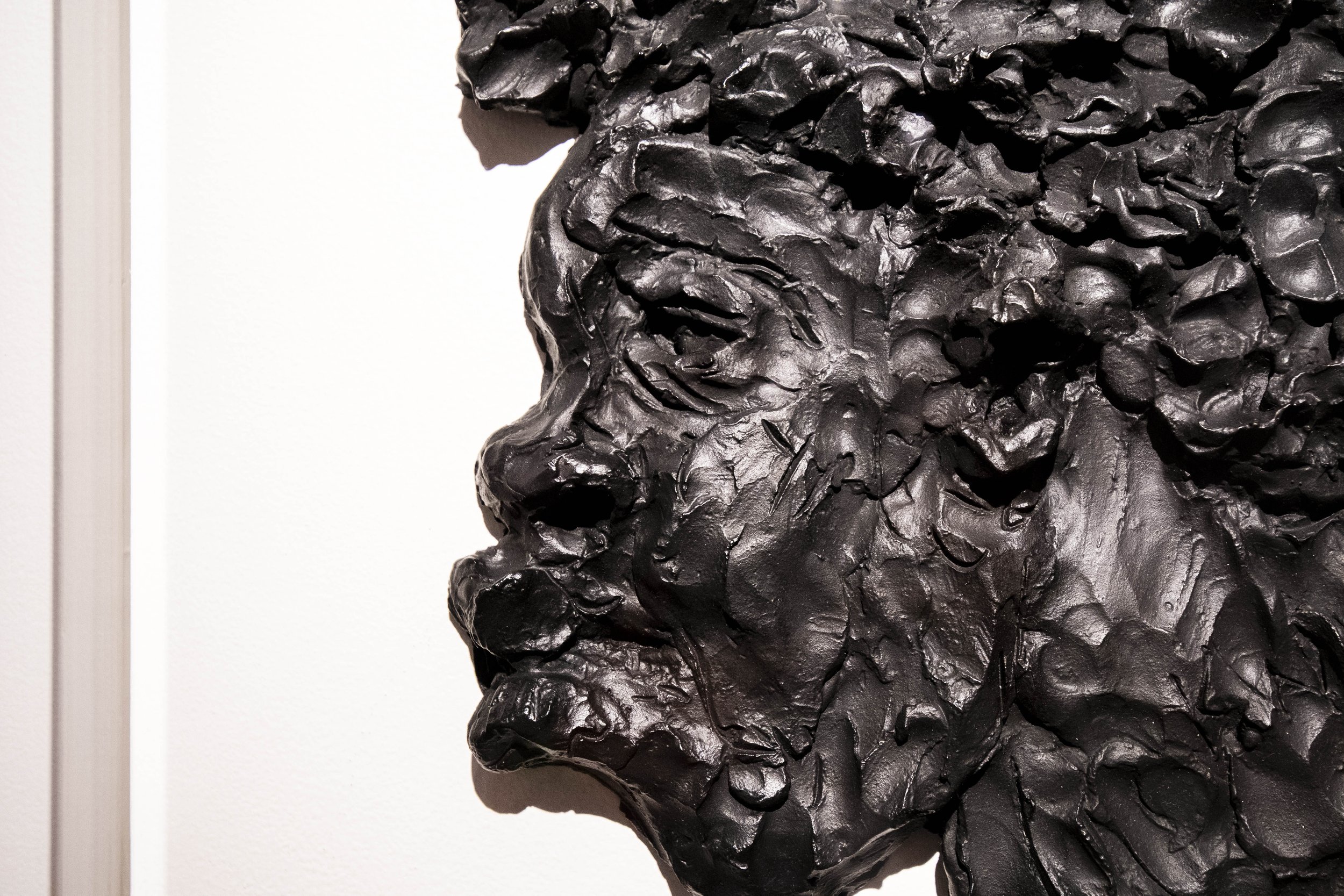
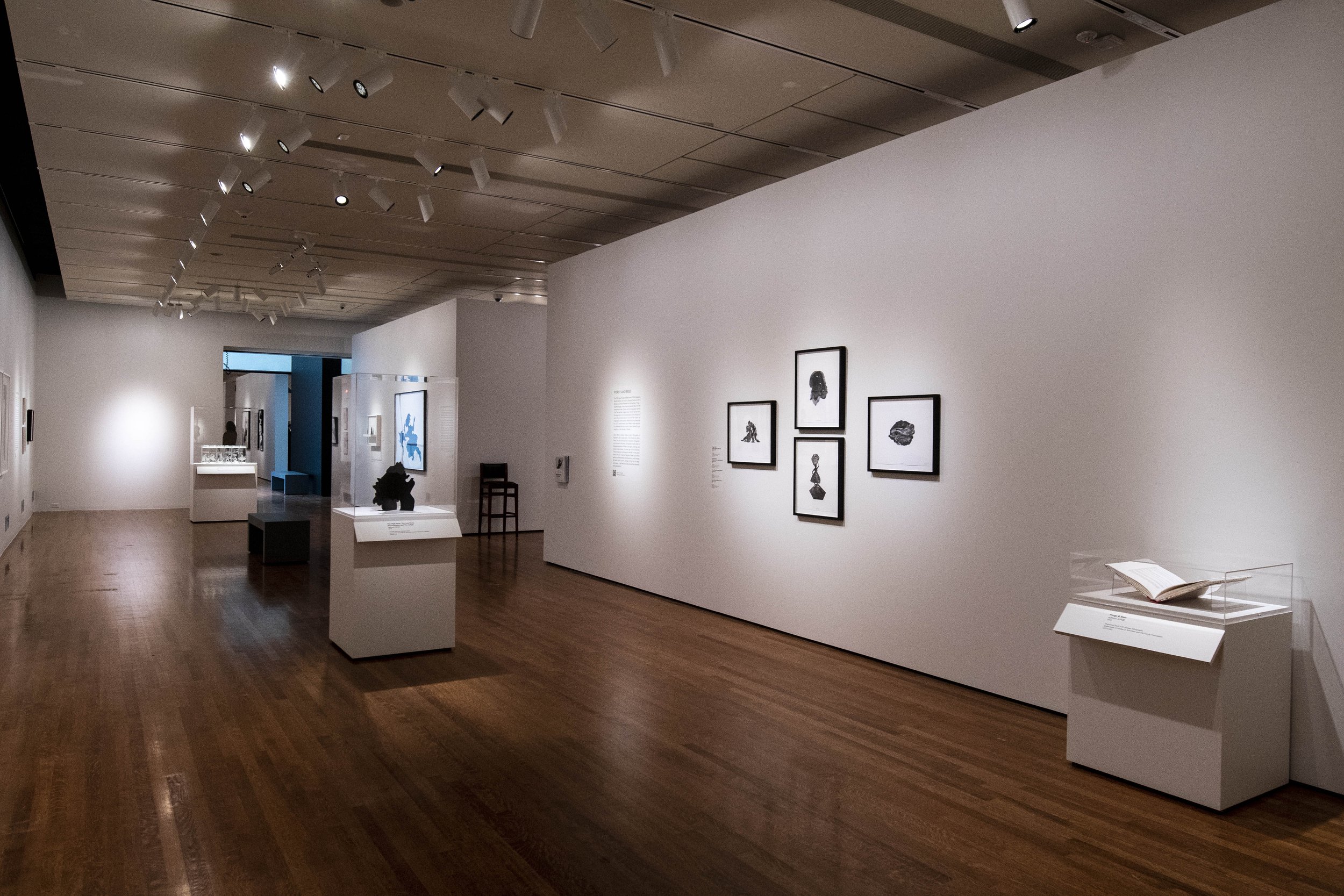
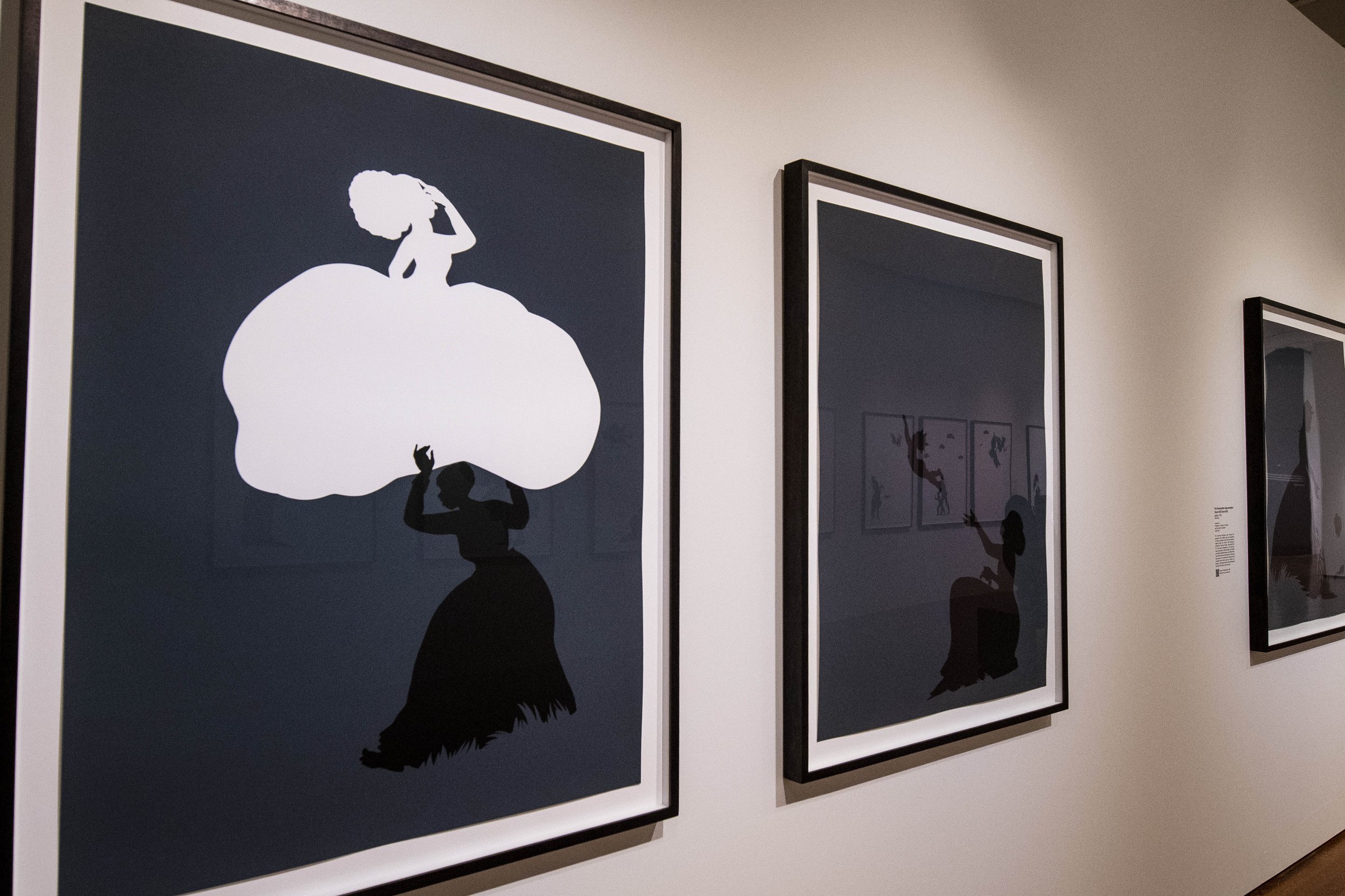
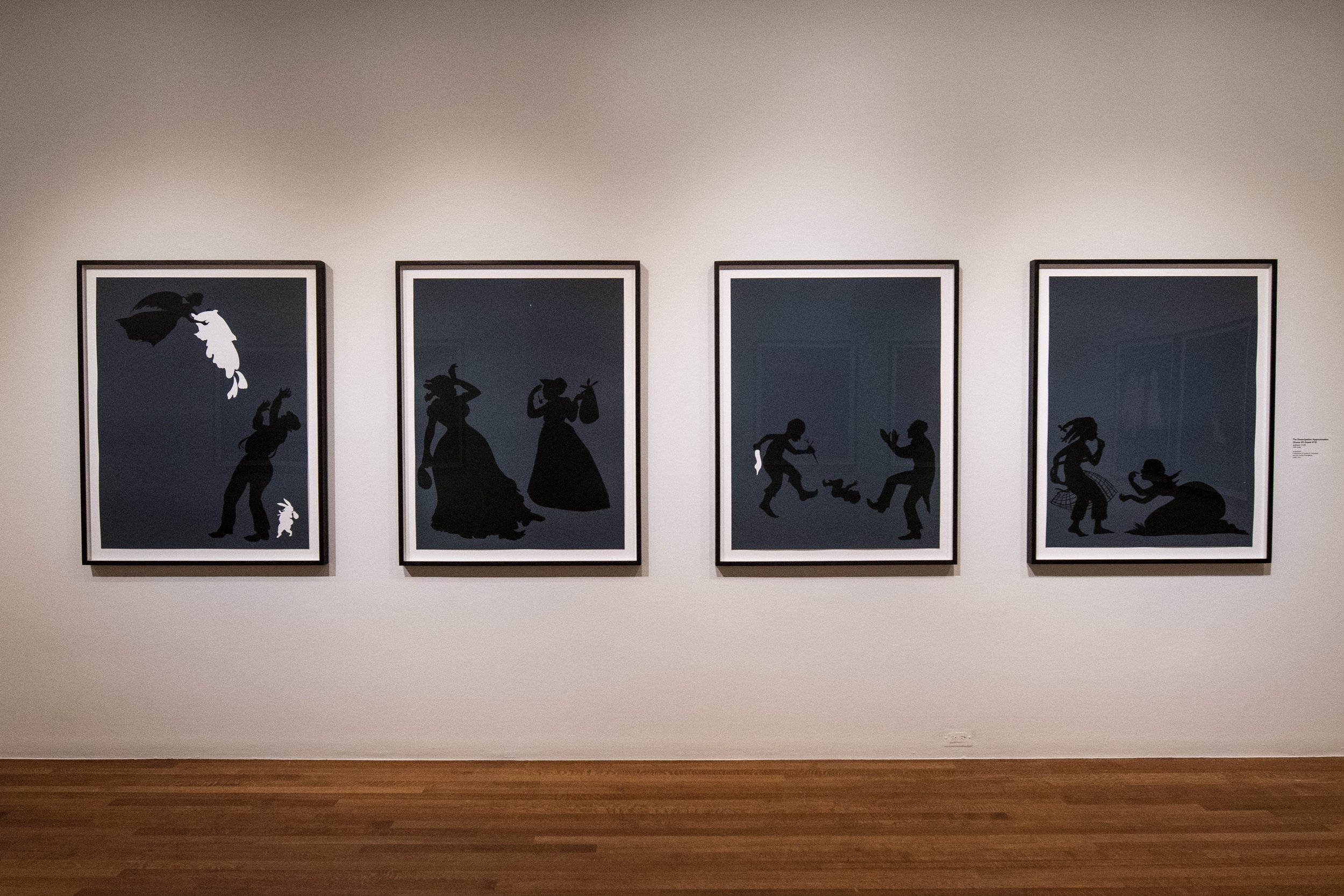

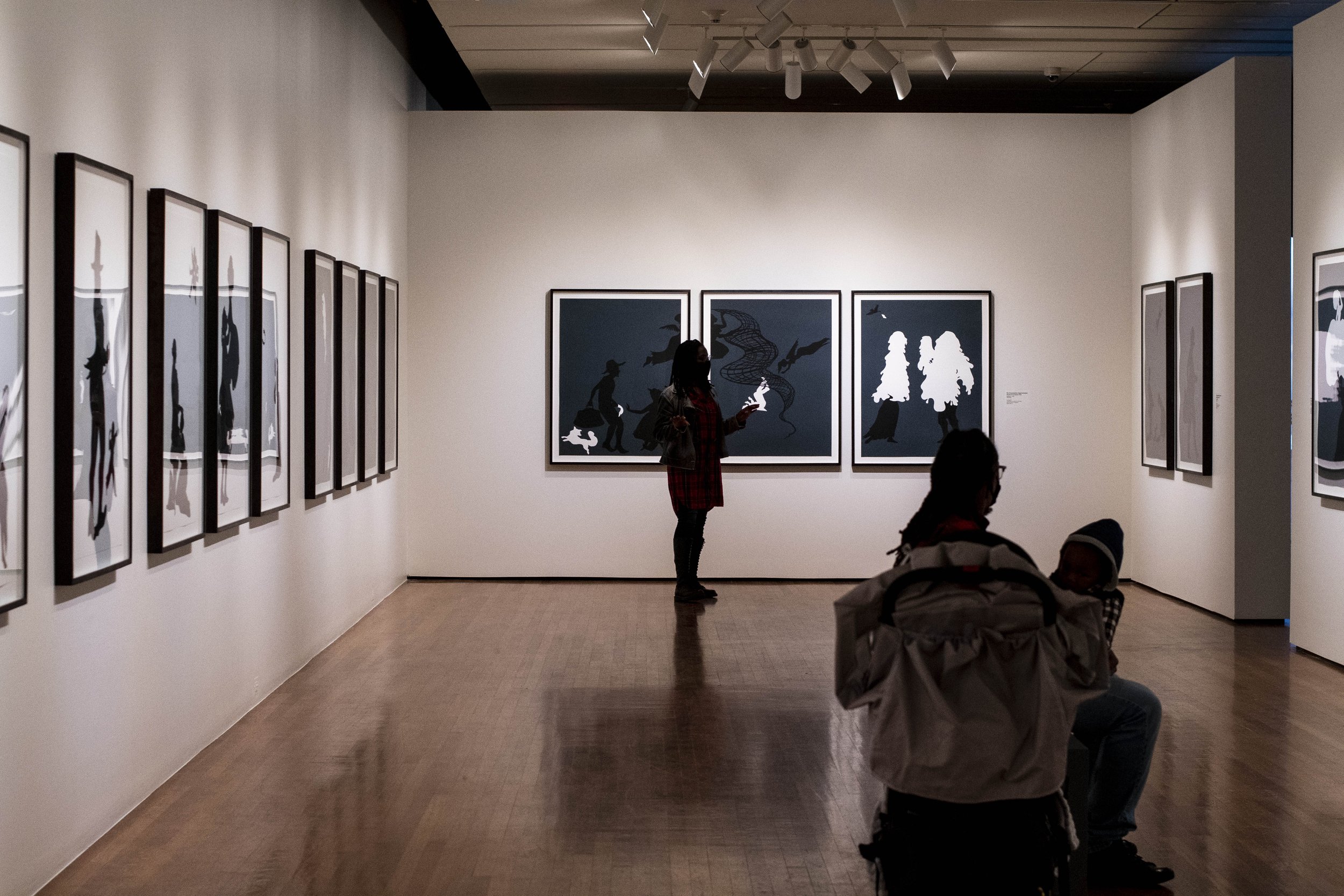
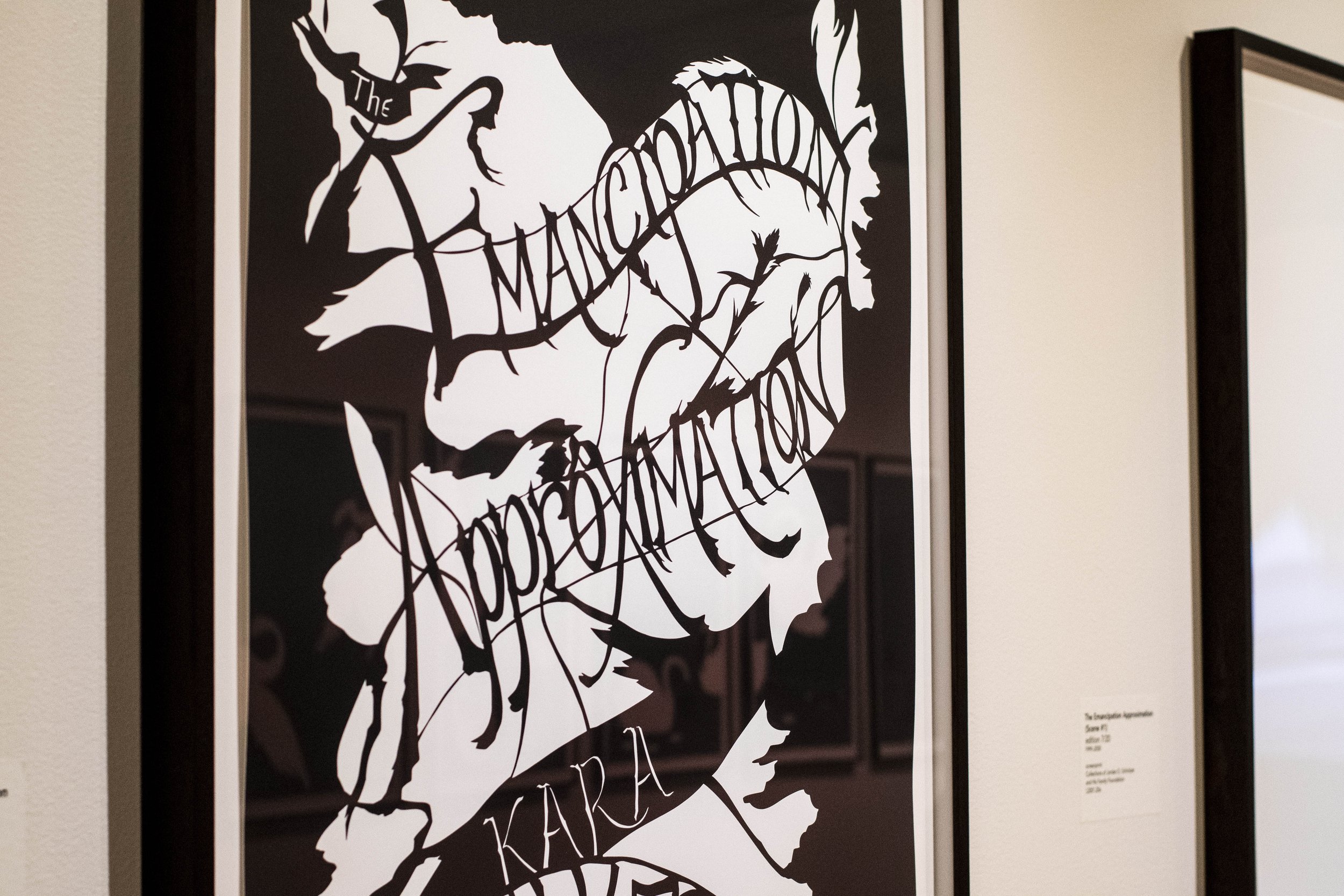
Rouse co-curated the exhibition for its debut at the Frist Art Museum in Nashville, Tennessee, alongside the Frist’s executive director and CEO Dr. Susan H. Edwards. Selections of Rouse’s poetry inspired by Walker’s artwork will be displayed in the gallery along with QR codes directing guests to audio versions of the poems.
“Entering into Walker’s work, we step into a world that appears almost whimsical but that invites us to lean in and notice something far more grotesque, troubling and necessary to wrestle with. As a poet, I see Walker's work much like I read a poem. I find new imagery and make new meaning every time. And each time it calls me into seeing myself more clearly in the midst of the larger American narrative,” said Rouse. "Cincinnati has such strong roots related to abolition and freedom. I'm excited to reimagine this exhibition for this city and join Ohio in grappling with the questions Walker presents in her work through this particular collection, which spans most of her career.”
Cut to the Quick includes several of the artist’s most renowned series, including The Emancipation Approximation (1999–2000), Testimony (2005), Harper’s Pictorial History of the Civil War (Annotated) (2005), An Unpeopled Land in Uncharted Waters (2010), and Porgy & Bess (2013). The most recent work in the exhibition is a small-scale bronze model of Fons Americanus, the allegorical monument installed in Tate Modern’s Turbine Hall in 2019.
In the gallery the series take on an immersive experience, conveying to the viewer a sense of being part of the scenes before them, implicated by presence, both participant and observer. Walker’s work engages the viewer in a disruptive awareness, boldly colliding the reality of history with the artificiality of fictions.
Integral to Walker’s artistic process is her extensive research in history, literature, art history, and popular culture. Her signature room-sized installations of silhouettes in tableaux are heavily influenced by forms of storytelling from mythology to fantasy, and were inspired by her study of colonial portraiture, animated films, and the popular nineteenth-century craft of cut-paper silhouette portraiture.
“The silhouette lends itself to avoidance of the subject, to not being able to look at it directly,” Walker has said of her signature style. “Yet there it is the whole time, staring you in the face.”

